Granada
Granada
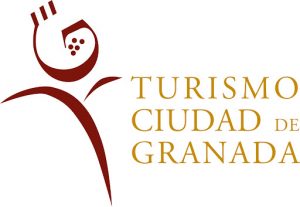
At the foot of the Sierra Nevada mountains, between the rivers Darro and Genil, lies one of the most fascinating cities in Spain. In addition to its impressive Al-Andalus heritage, the city boasts Renaissance architectural gems and ultra-modern facilities, fit for the 21st century.
Granada has an unmistakably Moorish flavor, as it was the last city to be reconquered by the Catholic Monarchs in 1492. The gastronomy, craftwork, and urban planning are influenced by its glorious past.
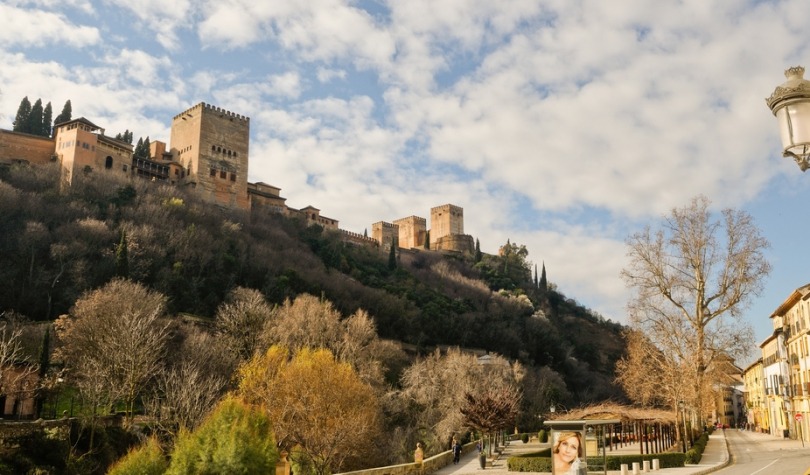
Get to know Granada by neighbourhoods
Sacromonte
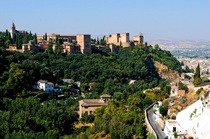
Sacromonte is Granada’s most distinctive neighbourhood, known worldwide for its houses in caves and stunning views. It is also considered …
Click here for more info
Alhambra
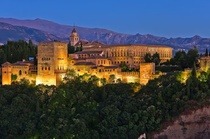
The Alhambra complex is the world’s most spectacular Arab citadel and the symbol of Granada. It comprises several visitable areas: …
Click here for more info
Albaicin

It is hardly surprising that UNESCO declared the Albaicín World Cultural Heritage in 1994, because the charm of the neighbourhood’s …
Click here for more info
Realejo

Realejo is the old Jewish neighbourhood of Granada, or Garnata al-Yahud (Granada of the Jews), as it was called in …
Click here for more info
Historical Centre
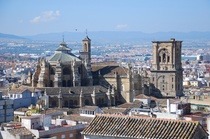
The monumentality of the Catholic Monarchs’ favourite city is felt in impressive monuments like the Cathedral, a symbol of Granada’s …
Click here for more info
Genil and Ronda
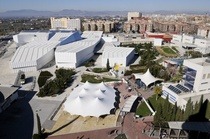
This pleasant area is only a few minutes from the city centre and boasts one of the broadest ranges of …
Click here for more info
Granada and its surroundings
In addition to the provincial capital and the region of Granada, there are a number of towns historically linked to the city of Alhambra. These towns share the rich heritage and are located within the city’s iconic green belt, an area filled with carefully tended parks and gardens. Some of these municipalities have played a crucial role in world history and culture, such as Santa Fe, a town created by the Catholic Kings to besiege Granada and where the Capitulations for the European discovery of the Americas were signed by Christopher Columbus. Another example is Fuente Vaqueros, the birthplace of Federico García Lorca, one of Spain’s most famous poets and playwrights.

